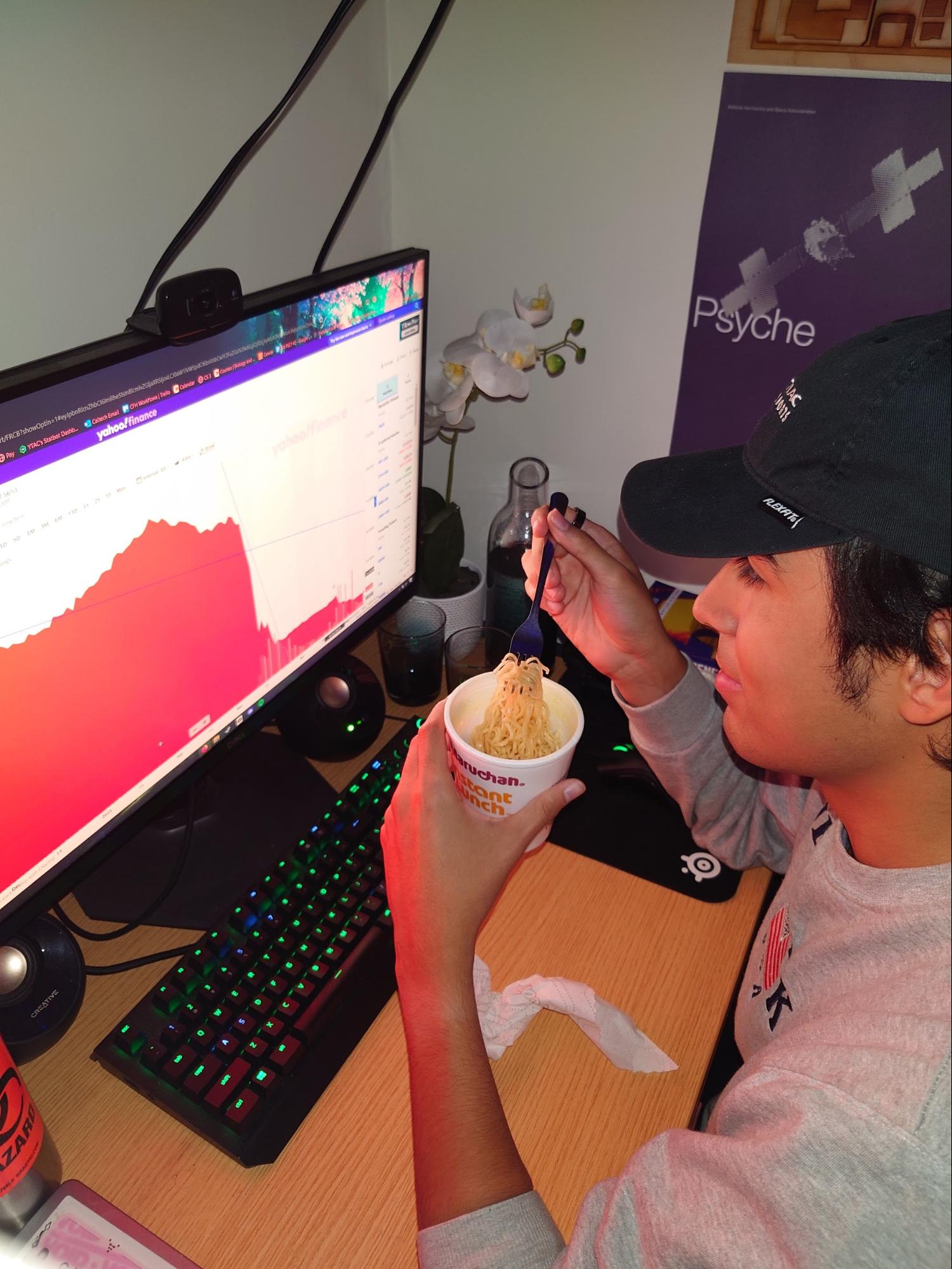First Republic Bank Sale: Student loses $2,400
“I sold $2,500 worth of FRB shares, for $41,” admits Cristian Ponce (BioE ‘25, Blacker). “I knew it was a risky investment, it didn’t work out.”
After a two day long bank run, Silicon Valley Bank failed on March 10 and was placed under federal control. High interest rates and the underperformance of tech stocks caused customers to lose confidence in the bank, prompting a wave of withdrawals. The bank did not have enough money available to pay its depositors, so the bank failed.
This collapse would lead to a panic that put other banks like Credit Suisse, Signature Bank, and First Republic at risk of their own bank runs, as they had similar clientele to SVB. Before the failure of Silicon Valley Bank, shares of First Republic Bank were valued at over $100 each.
Ponce explained what he saw as he monitored First Rebuplic’s stock. “As a result of the Silicon Valley Bank news, there was a correction [the stock dropped] from like $120 to maybe $30. So imagine like 75% of the market capitalization overnight, just disappearing.”
The other banks had similar movements, so there was a lot of money made on these dips in prices. However, having missed the optimal window to short sell (a way to bet on stocks decreasing in value), Ponce had another idea.
“Everybody was trying to bet on what banks would fail, and using puts as an instrument to profit… . I tried to bet on what bank would not fail.” He hoped that the bank run would not continue and stock would jump back up, once the government stepped in and everything returned to normal.
“This deflation in stock price is just caused by fear. And that fear will subside over time as the banking crisis gets further and further away,” he says.
In regards to SVB, the Federal Reserve said on March 12 that “All depositors of this institution will be made whole”, so it seemed the government was trying their best to support these banks.
Instead of studying for his final, he carried out extensive market research. On Thursday March 16th, after the initial bank run earlier in the week, he “called up a whole bunch of the branches… about 15.” He wanted to see if people were still withdrawing by asking how busy each branch was. With this, he could see if First Republic’s stock had any hope of reverting back to normal.

Cristian Ponce reflects upon the loss of nearly his entire portfolio
“This was before my Bi8 final,” he admitted. “I was actively trading while taking the final, which is not the best time investment on a timed exam.” He claims that the distractions cost him a letter grade on the final.
The investment initially paid off well. “I opened a position at I think $25-26 a share, which was up the next day by about 30%,” says Ponce.
However, the stock plummeted by 50% after its Q1 earnings call reported sub-par performance, then dropped again from about $3.50 to $0.33 after the government sold it to JPMorgan Chase on May 3rd. “I should have closed [sold the position],” he says.
Ponce says he did not sell because “there were multiple outlets, and even First Republic themselves saying they were not exploring a sale”. He also cites how eleven of the biggest banks also came together to give First Republic a $30 billion dollar cash infusion to help with the liquidity crisis. “So they have $30 billion to help with their liquidity issue, right? This is like the ultimate show of confidence by these big banks, right?”
Ponce reports his loss: “My account is now worth $134. Three months ago it was worth $3500. ” He says that it was a good learning experience, though he does think “there’s a lot of scrutiny around the circumstances that surrounded [the buyout].”
“I only have $100 in my account,” he says. “Oh, well, probably won’t be trading for a while.”